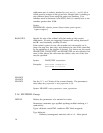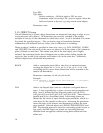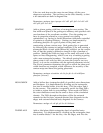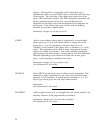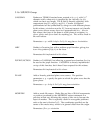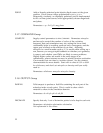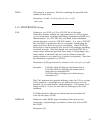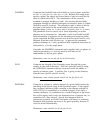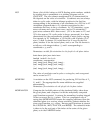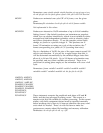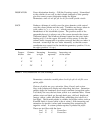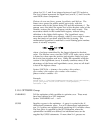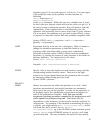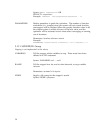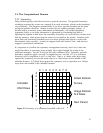
FARFIELD Computes the far-field limit of the fields at a given plane, specified
as xlo ≤ x ≤ xhi, ylo ≤ y ≤ yhi, zlo ≤ z ≤ zhi. Because this range must
specify a plane, the upper and lower limits of one axis must be the
same to within basicstep/2. The coordinates will be correctly
rounded to integral numbers of cells. We assume that the fields
propagate through an infinite half-space of refractive index n (which
obviously must be lossless). The refractive index is taken to be the
real part of the index in the actual model at the centre of the
supplied plane, {xmin ≤ x ≤ xmax, ymin ≤ y≤ ymax, zmin ≤ z ≤ zmax}.
The parameter direction can be up or down depending on which
direction we’re interested in. Internally, POEMS uses both E and H
field information to separate out the incoming and outgoing fields,
so the computed far field spectrum wht direction=down can be very
different from that with direction=up. At present this statement
produces bitmaps of s- and p-polarized field amplitude and phase at
each point (u, v) in the pupil plane.
Currently the FARFIELD statement can be applied only on planes of
uniform granularity, i.e. basicstep must be the same in all
subdomains cut by the given plane.
Parameters: name xlo xhi ylo yhi zlo zhi file direction
FLUX Computes an integral of the Poynting vector through the given
surface, in the inward direction. This isn’t quite the same as using
the INTEGRAL statement directly, because it adds the ability to
specify an interior point. A positive flux is going in the direction
towards from (xInside, yInside, zInside).
Parameters: name xinside yinside zinside xlo xhi ylo yhi zlo zhi
INTEGRAL Computes a volume or surface integral of a given field function by
summing all the blocks lying in the specified region. If the region
has a nonzero thickness (after rounding to the nearest multiple of
BASICSTEP), it’s normalized as a volume integral; if two have a
nonzero thickness, it’s normalized as a surface integral of the broad
face of the region; and if only one dimension has a nonzero size, it’s
normalized as a line integral. Specify the integrand field or
postprocess quantity as variable, and make sure there’s a matching
statement that generates an array of the given quantity, because it
won’t be done automatically.
Parameters: name variable xlo xhi ylo yhi zlo zhi
24



